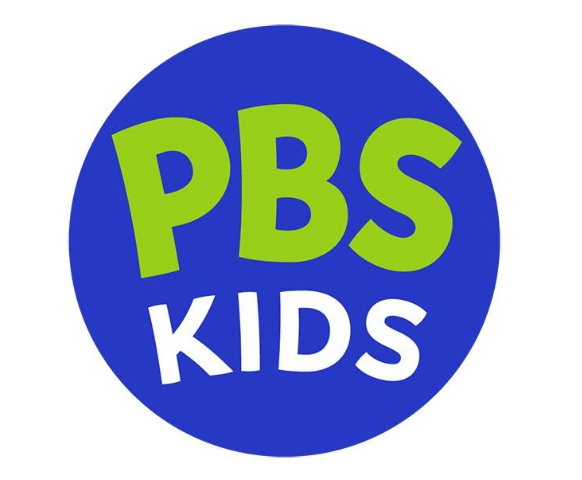Reinventing marketing and advertising means reinventing agency partnerships.
At P&G, “agency reinvention has saved $1 billion and is leading to more creativity, more agility, greater entrepreneurship and transforming our organization and culture,” P&G Chief Brand Officer Marc Pritchard said.
Employees there are doing more media planning, with nearly 30 percent of its media spending already planned in-house.
“We’re implementing ‘fixed and flow’ agency models with a ‘fixed’ amount of work at a core partner that requires experienced creative—like core brand campaigns—supplemented with a ‘flow to the work’ approach through flexible sourcing from smaller, more agile shops,” Pritchard said.
This model is completely reinventing P&G’s core agencies. As an example, it co-located with Grey Midwest on Febreze and several other brands creating a “borderless” approach and collapsing creativity from months to hours. A co-located model with Publicis Agile Lion created fast-cycle work on Crest and Oral B. And an entirely new model was created that brings multiple agencies into one integrated group called “Woven,” which created work on Tide.
P&G is also bringing more creative and production in house. The Secret brand has become its own agency, creating and producing ads for a tenth of the cost and in one month versus five.
Here’s an example. The “Secret All Strength No Sweat” video was shot in Cincinnati, the opening scene was in P&G’s home office, the producer is the associate brand director, the creative director is the brand manager, and the general manager is the songwriter.
“And it’s winning in the market,” Pritchard said.
“All this requires re-skilling brand people to operate like entrepreneurs,” Pritchard said at the ANA Masters of Marketing Week last week. “We’ve trained thousands on lean innovation and DTC Performance Marketing. We’ve created strategic partnerships with 40 companies like Retention Science. And we field competitive ‘challenges’ to accelerate learning with small teams competing for 12 weeks to achieve the most DTC sales with performance marketing. More than 1,000 people have competed, and it’s inspiring more of a start-up culture.”
Social Responsibility
“Brands have responsibilities to society, so we’re reinventing brand citizenship by moving from brands that are ‘all about themselves’ to brands that are a force for good and a force for growth,” he said. “Consumers today want to know what brands believe in their values and views, and they buy based on shared beliefs.”
In its advertising and marketing, P&G said it strives to accurately portray all people—across gender, race and ethnicity, sexual and gender identity, ability, religion and age.
For example, the Always brand is now focused on ending period poverty in 10 countries, and looking to expand in 15, where between 10 percent and 20 percent of young women miss school during their period because they can’t afford adequate period protection.
Through this program, Always has already donated 50 million pads and just committed to donate 100 million pads in the next two years.
In addition, “Olay’s Face Anything shatters gender myths and redefines role models. Ariel inspires men to ‘share the load’ by doing laundry,” he said. “Gillette role models the ‘best a man can be’ for the next generation. And P&G promotes conversations about racial bias … first with ‘The Talk’ and now with ‘The Look’ that shines the light on the bias that Black men face every day, yet still rise to overcome.”
P&G also uses its brands to promote sustainability through innovations like Tide and Ariel Cold Water cleaning, Head & Shoulders Beach Plastics bottle, and hair care products made to use without water, all designed to promote responsible consumption just by using them.
“But we know we can’t do it alone,” Pritchard said.
Other articles you might enjoy:
- P&G Shares Roadmap to Drive Growth with Disruptive Marketing
- How Target Got its Mojo—and Revenue—Back on Track
- Dewar’s Plan to Recruit New Customers
P&G has joined industry-wide initiatives for collective action, it is part of the #SeeHer and #SeeAll movements and it has committed to equality in the creative supply chain—50 percent women and proportionate representation of Blacks, Latins and Asians in brand teams, agencies and commercial directors. The company has also joined #BrandsforGood to use its brands to promote sustainable behavior. And it is part of the Global Alliance for Responsible Media to eliminate toxic content online.
“All of these efforts are making citizenship good for society and good for business,” he said. “We spend only a small amount on brand citizenship, yet it’s amplified because it’s creative and relevant. Most important, multiple brands have delivered sales growth behind equality and sustainability initiatives, demonstrating they can be both a force for good and a force for growth.”



